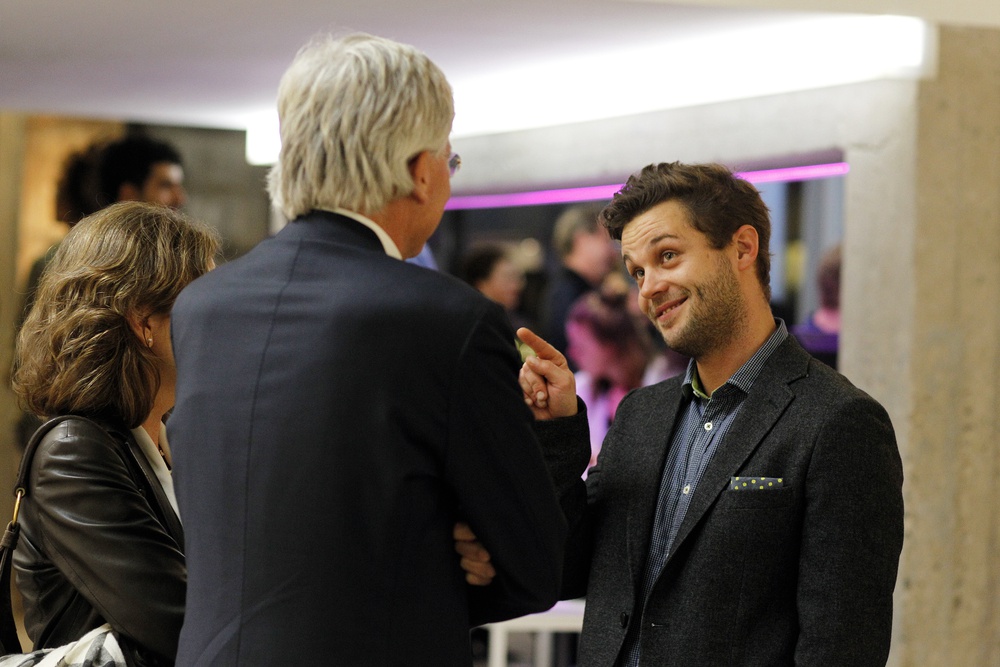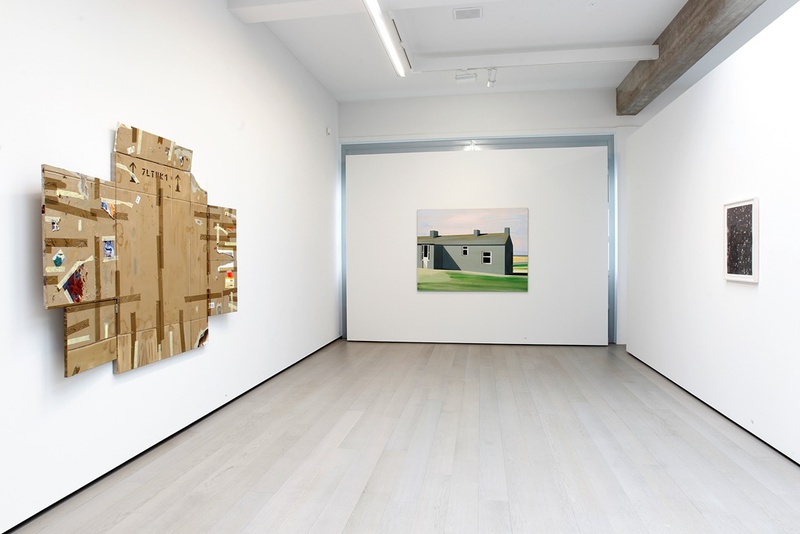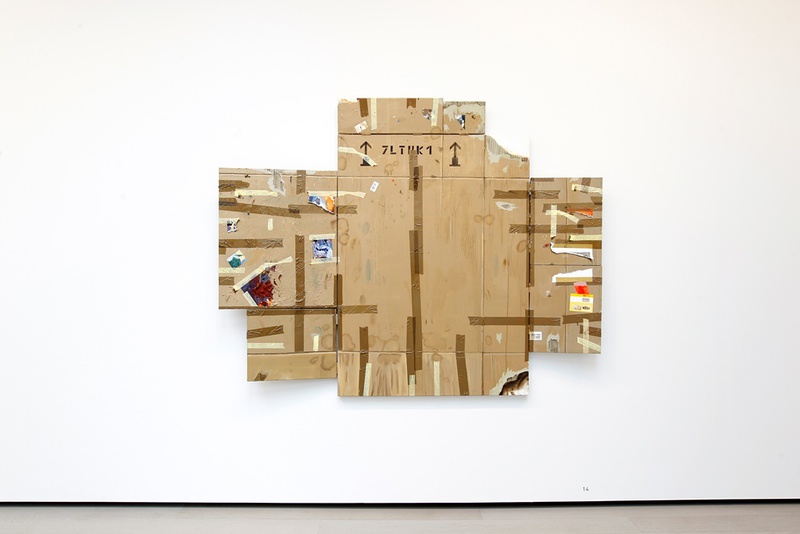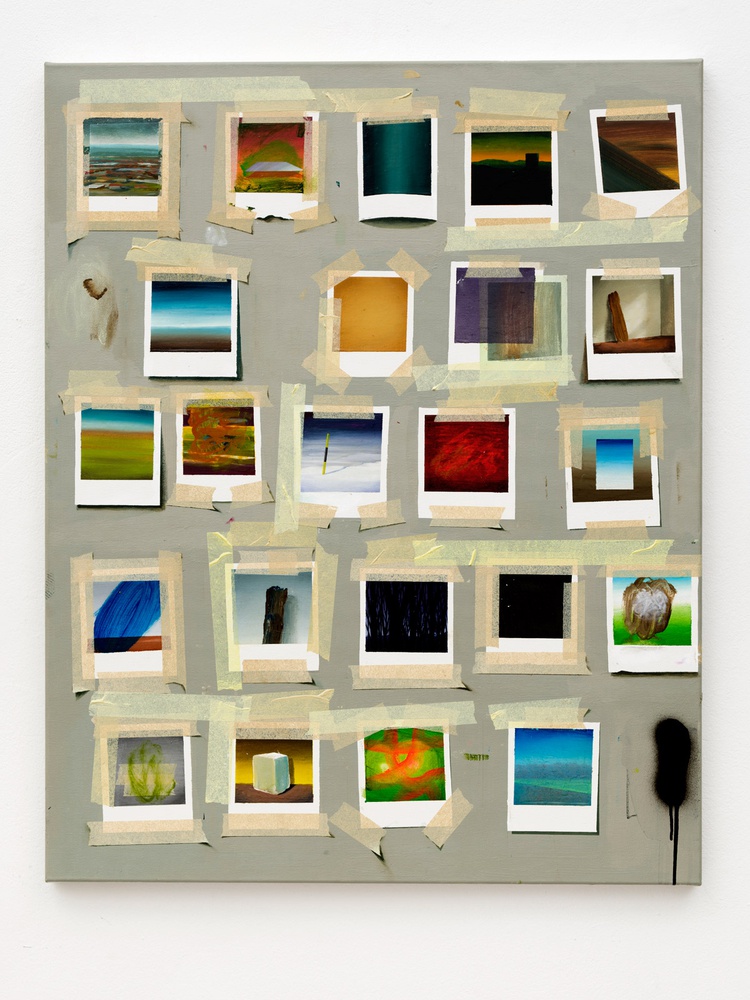Jochen Mühlenbrink’s paintings play a visual game with onlookers. He initially started by painting exact replicas of the backs of paintings. Although Mühlenbrink also makes installations and sculptures, this trompe l'oeil effect became the key to his work. This painting technique was much used during the Golden Age and demands great knowledge of materials.
Mühlenbrink uses trompe l'oeil to emphasise relationships between abstraction and figuration. This allows him to concentrate on the material itself and he balances on the boundary between representation and illusion. What is real and what is deception? This leads to a continual field of tension between presence and absence, truth and deceit, fabrication and reality.

Jochen Mühlenbrink (r) at the opening of Behind Images





